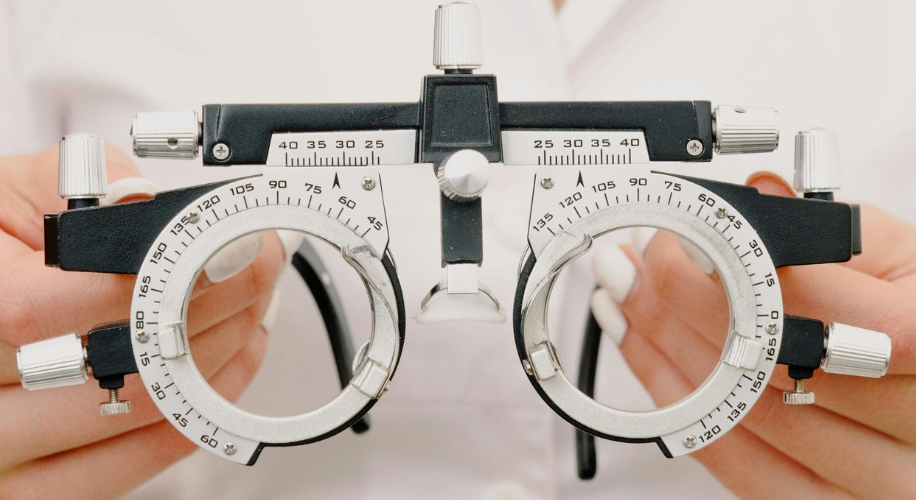Dispelling the Stigma in Astigmatism: Myths & Facts
- BY Catherine Ong
- IN Eye Health
Understanding Astigmatism: Debunking Common Myths
Astigmatism, a prevalent vision condition, often comes with its fair share of misconceptions. Let’s unravel the truths behind some common myths to foster a clearer understanding of this refractive error.

Photo by Artem Saranin
Myth 1: Astigmatism Only Affects Older Individuals
Fact: Astigmatism can occur at any age. It’s not exclusive to older individuals and can manifest in children, adolescents, and adults. Some young kids have high astigmatism that puts them at risk for amblyopia and can benefit from refractive correction such as glasses or contact lenses.
Myth 2: Astigmatism Is A Disease
Fact: Astigmatism is a normal part of a vision prescription and results from differences in the shape of our eyes. There is often a hereditary component to astigmatism so if the parents have high astigmatism, there is a higher chance that the child will have high astigmatism.
Myth 3: Astigmatism Is Always Accompanied by Other Vision Issues
Fact: Astigmatism can exist independently or alongside other refractive errors like myopia (nearsightedness) or hyperopia (farsightedness). Each condition requires a tailored approach for correction.
Myth 4: Astigmatism Can’t Be Corrected with Contact Lenses
Fact: Toric contact lenses are specifically designed to correct astigmatism. They offer an effective and comfortable solution for those who prefer contacts over eyeglasses.

Photo from Pexels by Ksenia Chernaya
Myth 5: Astigmatism Worsens Over Time
Fact: Astigmatism generally remains stable, and its progression is gradual. Routine eye examinations help monitor any changes and allow for timely adjustments to corrective measures.
Myth 6: Astigmatism Always Has Symptoms
Fact: Astigmatism can be asymptomatic, especially in mild cases. Regular eye exams are crucial to detect and address astigmatism, even when symptoms are not apparent.
Myth 7: Astigmatism Only Affects Vision Sharpness
Fact: Astigmatism can also cause symptoms like headaches, eye discomfort, and distorted or blurred vision. Corrective measures aim to alleviate these symptoms and provide clear, comfortable vision.
Myth 8: Astigmatism Results from Poor Reading Habits
Fact: Astigmatism is primarily caused by irregularities in the shape of the cornea or lens, not by reading habits. It is a refractive error, and reading or screen time does not directly contribute to its development. However poor reading habits can result in increased myopia.

Photo by Maggie Zhan from Pexels
Seeking Professional Guidance
If you suspect astigmatism or experience vision-related symptoms, scheduling a comprehensive eye examination is crucial. An optometrist can diagnose astigmatism, determine its severity, and recommend appropriate corrective measures.
Understanding the facts about astigmatism empowers individuals to make informed decisions about their eye health and vision. Regular eye check-ups pave the way for clear and comfortable vision, debunking the myths that may surround this common refractive error. Shop Zenni for stylish and affordable glasses to help you achieve your best visual potential.

